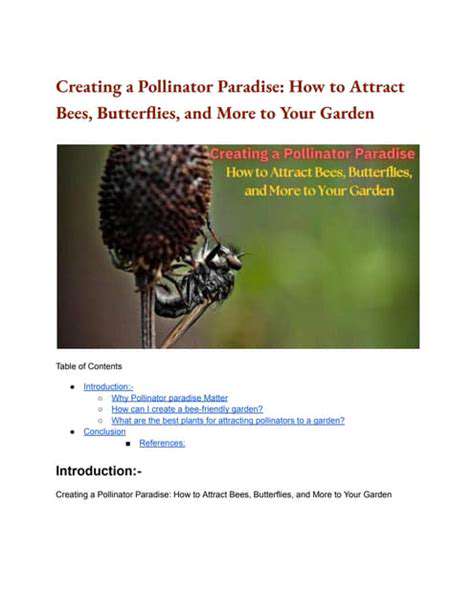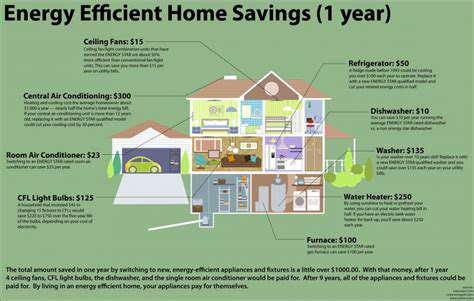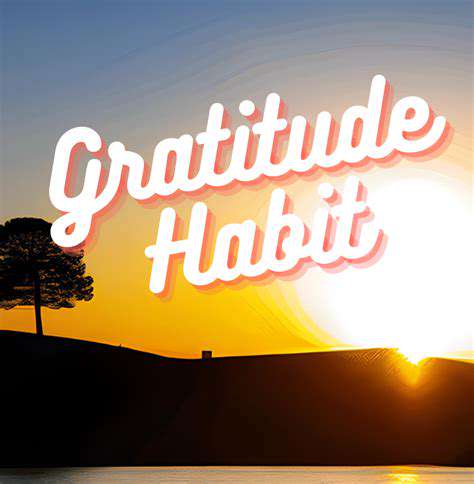Best Plants for attracting Bees and Butterflies
Flower Power: Nectar-Rich Blooms for Bees
Attracting Buzzing Friends: Why Bees Matter
Bees are essential pollinators, playing a vital role in the reproduction of countless plant species. Their diligent work ensures the continuation of diverse ecosystems, contributing significantly to our food supply. Supporting bee populations through careful plant choices in our gardens and landscapes is crucial for a healthy environment and a future where delicious fruits, vegetables, and flowers continue to flourish. Without bees, many of our favorite foods would be scarce, highlighting the critical connection between pollinators and human sustenance.
Nectar-Rich Blooms: A Bee's Delight
Bees are drawn to flowers that offer an abundance of nectar, a sugary liquid that provides them with essential energy for flight, reproduction, and the development of their young. The color and shape of the flower also play a role, with certain patterns and hues attracting bees more effectively. Understanding these visual cues is key to creating a bee-friendly garden that provides a continuous source of sustenance.
Flower shapes, from tubular blossoms to flat, open petals, all serve as signals for bees. They've evolved to recognize specific shapes and colors, and by providing various types of flowers, we can cater to the preferences of different bee species.
Planting for Pollinators: Beyond the Basics
Creating a bee-friendly garden isn't just about planting flowers; it's about providing a comprehensive environment. Consider including diverse plant heights and textures to offer bees places to rest and explore. Adding shrubs and trees with nectar-rich blooms can extend the pollination season, ensuring a constant supply of food for bees throughout the year.
Flower Power: Varieties for Buzzing Bees
A wide array of flowers are excellent choices for attracting bees. Lavender, with its fragrant purple blooms, is a favorite, while sunflowers, with their large, golden heads, provide a plentiful source of nectar. Other options include coneflowers, zinnias, and various types of mint, each offering unique benefits for different bee varieties. The more diverse the selection, the more opportunities you create for attracting and supporting these vital pollinators.
Planting Schedules: Timing is Everything
Strategic planting is crucial for providing bees with a consistent food supply throughout the growing season. Planning your planting schedule to include flowers that bloom in succession can extend the period of nectar availability. This ensures that bees have a readily available source of food from spring to autumn, supporting their populations throughout the year.
Bee-Friendly Garden Design: Beyond the Flowers
A bee-friendly garden extends beyond just the flowers. Minimizing pesticide use is essential for protecting bee health. Providing a water source, such as a shallow dish filled with pebbles, allows bees to hydrate and cool down, particularly during hot weather. Creating a safe and welcoming environment within your garden is paramount to ensuring the well-being of these crucial pollinators.
Creating Habitats: Nesting Sites and More
While flowers are essential, providing nesting sites and habitat is equally important for a thriving bee population. Consider planting native grasses and wildflowers that offer shelter and nesting materials for bees. Adding a bee hotel or nesting blocks to your garden can also provide specific structures for bees to build their nests. These measures contribute to a holistic approach to supporting bees in your garden.
Creating a Pollinator Paradise: A Comprehensive Approach

Attracting Butterflies
Creating a pollinator-friendly garden is a rewarding way to support these vital creatures. Butterflies, in particular, are crucial for pollination, and their presence in a garden adds a touch of beauty and excitement. To attract butterflies, you need to provide a variety of nectar sources, including flowering plants that bloom throughout the season. Think about planting a mix of native wildflowers, as they often provide the best food source, and are essential for supporting local biodiversity. A butterfly garden should also include host plants, which are essential for the butterfly's life cycle. These plants provide the necessary food for the caterpillars, allowing them to grow and develop into beautiful butterflies.
Different butterfly species have different preferences for nectar sources and host plants. Doing some research on the butterflies common in your area will help you understand their specific needs and tailor your garden accordingly. A diverse range of flowering plants will ensure a continuous supply of nectar throughout the season, keeping the butterflies happy and healthy.
Enticing Bees and Other Beneficial Insects
Bees are undoubtedly the most important pollinators, and supporting their populations is essential for the health of our ecosystems. Creating a bee-friendly garden involves providing a variety of flowers that offer nectar and pollen. Native plants are always the best choice, as they are adapted to local conditions and provide a valuable food source for a wide range of insects. Including flowering shrubs and trees, as well as herbs and vegetables, will further enhance the biodiversity of your garden. This will attract a wide range of beneficial insects, including hoverflies and lacewings, which are natural predators of many garden pests.
To encourage bee activity, consider planting flowers in clusters. This provides a greater visual appeal and helps bees navigate more easily from one flower to another. Planting flowering plants in different heights will also attract a wider variety of insects, as each species has varying preferences for the height of the flowers they visit. Adding a water source, such as a shallow dish of water, can also help provide hydration for these important pollinators.
Nurturing Hummingbirds and Other Birds
Hummingbirds are another important group of pollinators, with their rapid movements and vibrant colors adding a spark of life to any garden. Providing a source of nectar is crucial for their survival, and flowering plants with tubular flowers are especially attractive to hummingbirds. Think about incorporating plants such as trumpet vines, salvia, and fuchsia into your garden. These plants offer a continuous supply of nectar, attracting hummingbirds throughout the spring and summer. A hummingbird-friendly garden should also include a reliable water source, as hummingbirds need water for drinking and bathing.
Birds play a crucial role in controlling pests in the garden. Attracting birds also helps create a vibrant ecosystem. Adding bird feeders, baths, and nesting boxes can attract various bird species to your garden, enhancing its overall appeal and supporting the local avian population. The variety of birds and insects creates a balanced ecosystem that is beneficial for the garden and the environment.










![Guide to Learning About [Specific Historical Period]](/static/images/31/2025-06/TheGrowthofCitiesandUrbanization.jpg)
